
it mean you do not need to hide yourself from anyone and just be yourself, you don’t have to inprest anyone to show them youre cool.

it mean you do not need to hide yourself from anyone and just be yourself, you don’t have to inprest anyone to show them youre cool.
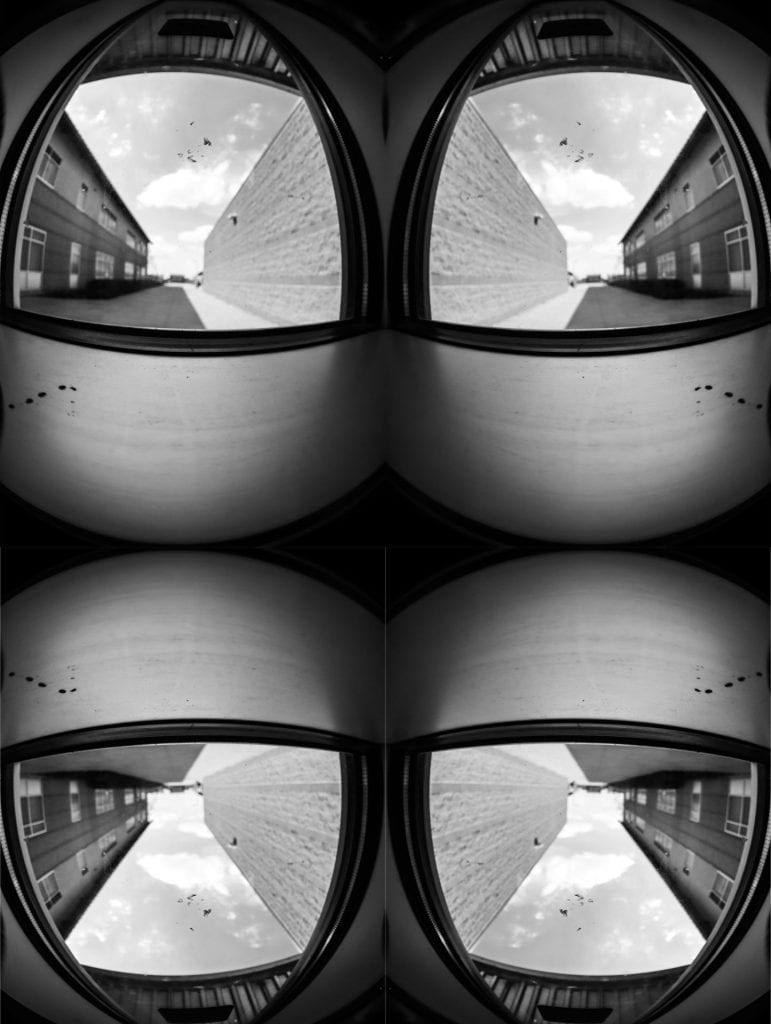


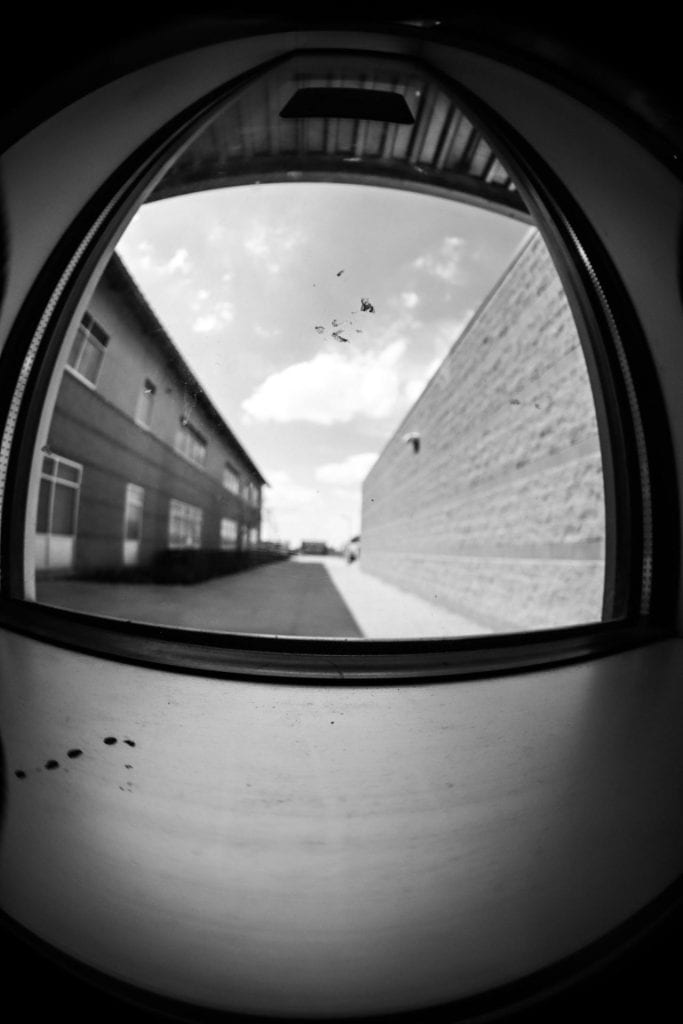
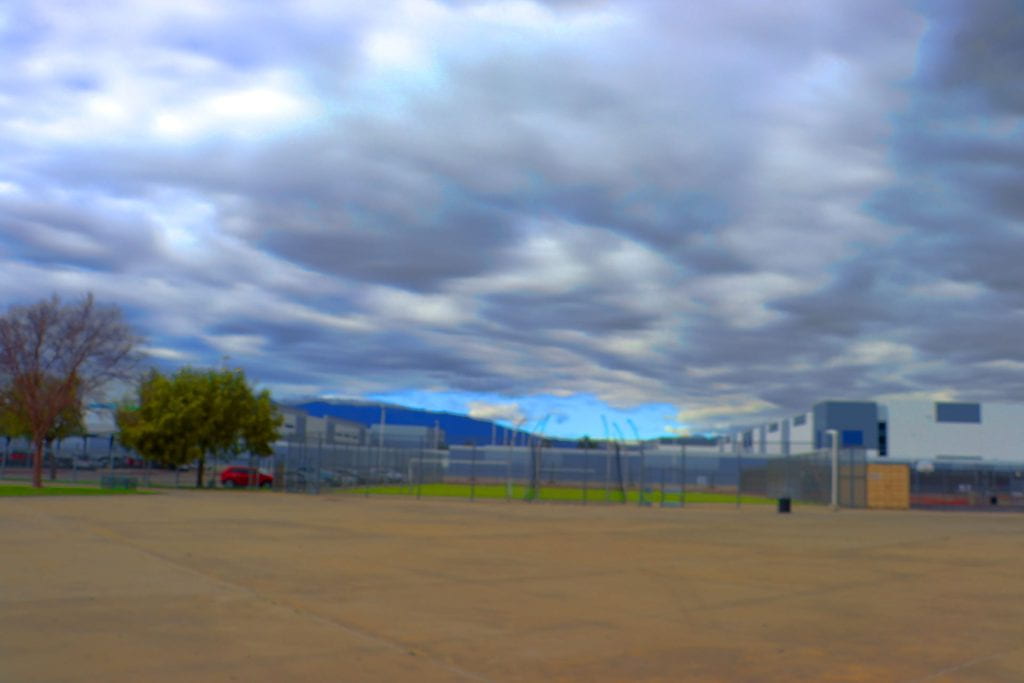
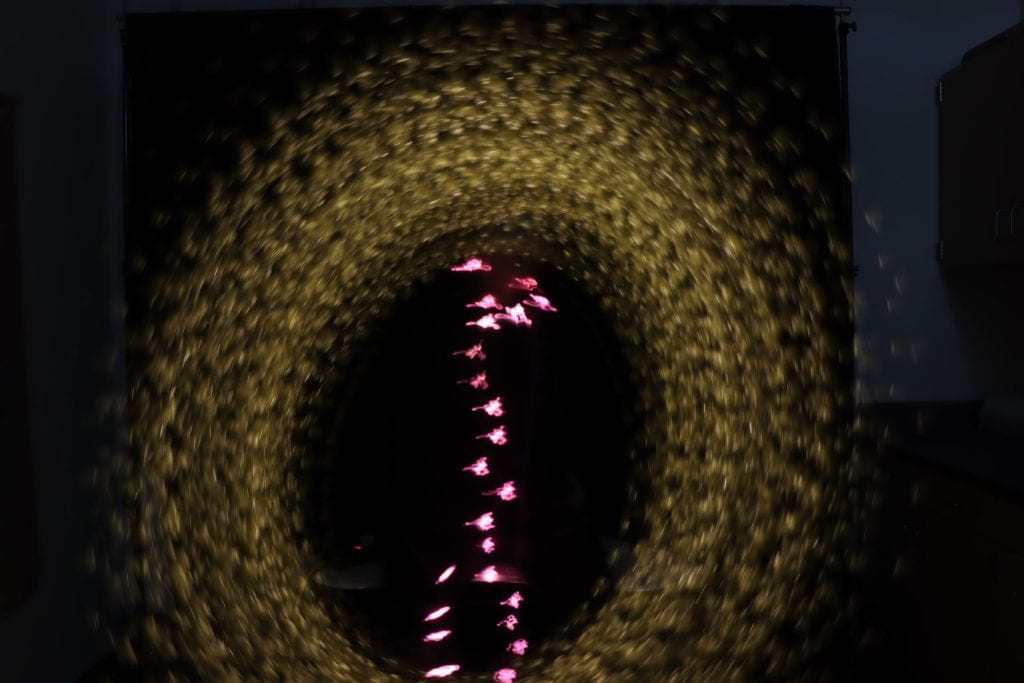

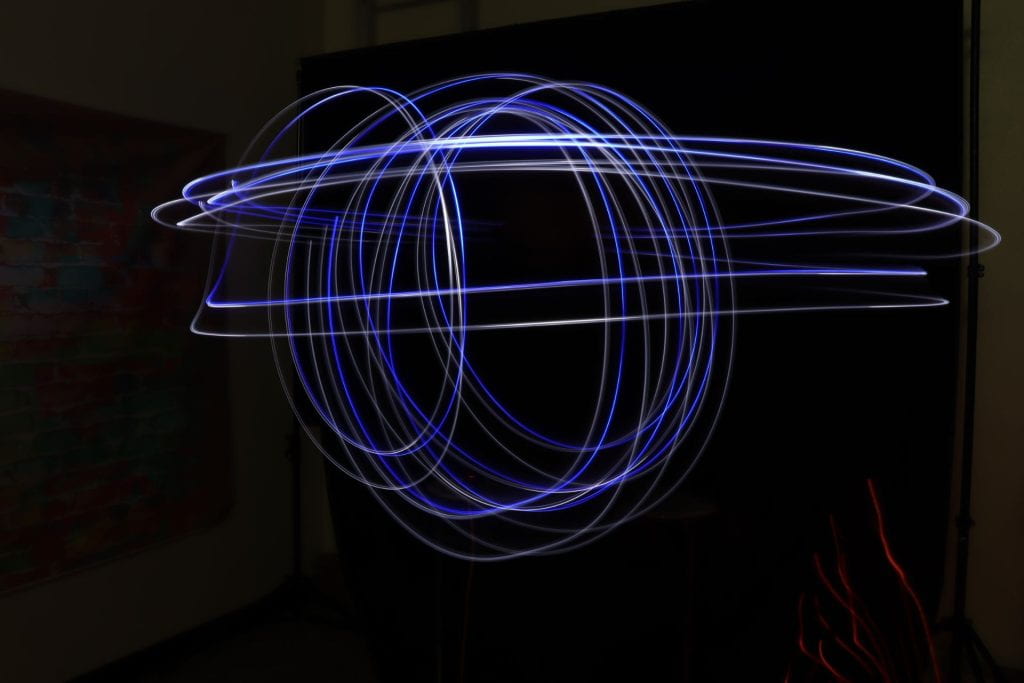



i feel like it went down and they started to agrue.